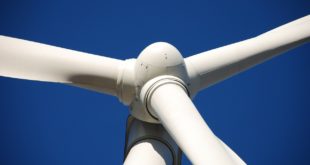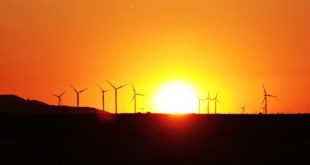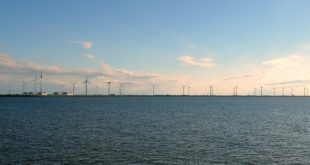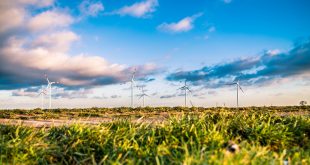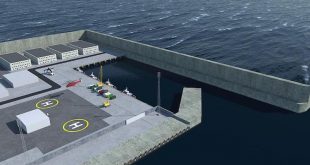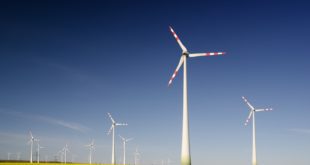Over the past couple of decades, we’ve seen an increasing demand for alternate forms of energy. This demand has led to the proliferation of wind farms across North America. It really is hard not to be optimistic about the potential benefits wind energy can provide. However, with the increasing cost of manufacturing and the lack of investment in technology we often find our progress stinted with less than expected results.
Many people see wind energy as the way of the future, but little fully understand how it will become part of our energy mix.
I’ve recently had the opportunity to collect some preliminary data regarding the efficiency of wind turbines. This data is being used to determine how Power Factor is related to wind turbines and how we can improve the amount of energy they generate. This data has shown us that wind turbines are actually quite inefficient. In fact, large scale turbines are producing only about 30-35% of the energy they are rated for at the best of times.
The concept of Power Factor is inherent to the operation of electric motors and generators, yet it is rarely taken into consideration. Since Power Factor is an entire field of study on its own, I won’t get into the details. What I will say is that a poor Power Factor becomes quite a large problem for those investing in wind energy.
A typical 1MW wind turbine has a ROI (Return On Investment) of about 10-15 years based on its rated KW output (or MW in this case). Most investors cringe at the though of waiting for 10 years to see their money returned to them, yet groups of faithful optimists continue to see the long term benefit of technological advancement.
More: continued here
 Alternative Energy HQ solar power for homes, wind energy, and bio fuel issues
Alternative Energy HQ solar power for homes, wind energy, and bio fuel issues


